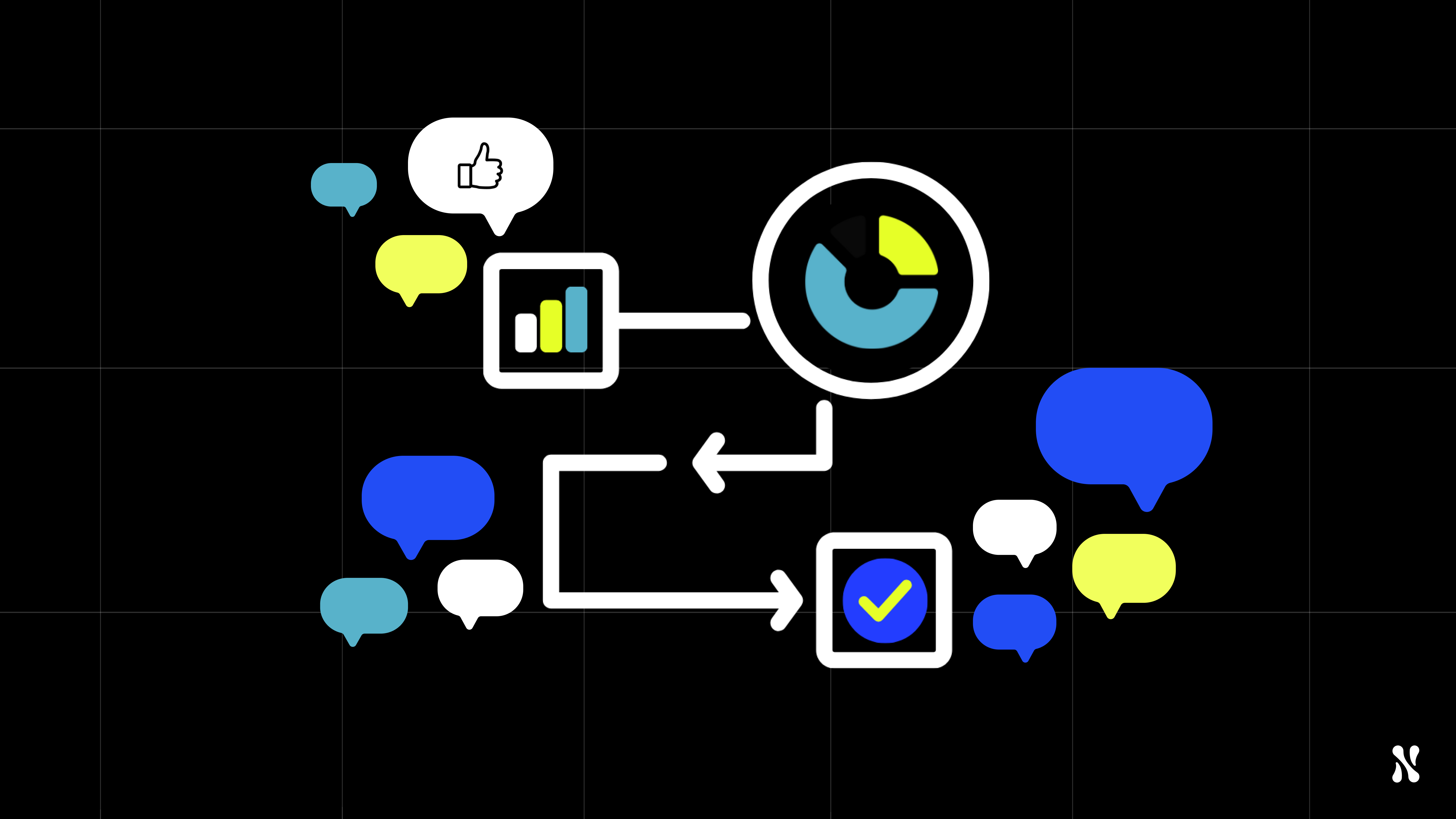As artificial intelligence (AI) and large language models (LLMs) continue to take more space, they are reshaping digital user experiences in profound ways. The days of point-and-click interactions are being replaced by more dynamic, conversational interfaces powered by LLMs. From chatbots to virtual assistants, users now engage with products through natural language conversations. This shift requires a new approach to product analytics, as traditional methods fall short in capturing the full spectrum of these interactions.
In the era of conversational AI, success is no longer measured solely by clicks, page views, or session times. Instead, the focus is on understanding the effectiveness of the conversation between the user and the AI system. This requires AI product analytics to take a multifaceted approach, examining not just what users are doing explicitly, but also their intent, conversation topics, emotional cues, sentiment, and long-term engagement.
Moving Beyond Clicks: A New Framework for LLM User Analytics
In traditional product analytics, tools like Google Analytics, Mixpanel, or Amplitude excel at tracking user clicks, page visits, and other tangible user actions. However, with LLM-powered products, the user experience is driven by conversation and engagement. The interaction is no longer a sequence of clicks but a flow of questions, answers, and follow-up queries.
This new paradigm of AI product analytics calls for a different framework—one that captures and interprets the unique nature of user-LLM interactions. Here’s how we can break down the process on AI product analytics:
- Understanding Actions within a User-LLM Interaction: Each conversation between the user and the LLM can be dissected into Active User Actions (AUA) and Passive User Actions (PUA). AUAs are explicit actions, like a user asking the LLM to perform a task, while PUAs are more subtle, such as a user copying text from the LLM's output or rephrasing a question. Understanding these actions provides insight into how users engage with the AI.
- Extracting Interaction Properties: Every conversation has unique characteristics, from the tone of the interaction to the length and language of the responses. These properties help product teams better understand user preferences and how the LLM's output aligns with those preferences.
- Mapping Conversation Flow: By tracking the entire conversation, from the user's first prompt to their final query, teams can visualize the flow of the interaction. This allows them to identify common patterns, moments of user satisfaction, and potential pain points, offering a clearer view of the overall user experience.
- Detecting Engagement vs. Frustration: Engagement manifests itself in the form of follow-up questions, extended conversations, and frequent use of LLM responses. Conversely, frustration can be spotted through repeated questions, abrupt shifts in topics, or dissatisfaction with the LLM’s responses. Understanding these signals is key to improving the AI product.
A Multifaceted Approach to AI Product Analytics
Analyzing these conversational experiences, product teams will move beyond standard metrics and dive deeper into understanding user intent and satisfaction within conversations. What they’ll be able to discover is often videly valuable to the wider business. They key inisight you can capture with AI product analytics:
- User Intent: What are users trying to achieve? Identifying the primary objective of users when they initiate conversations with the AI is crucial. Whether they seek information, require assistance, or need recommendations, understanding intent helps to assess whether the LLM effectively addresses their needs.
- Conversation Topics: What are the users talking about? Analyzing the main themes, subjects, keywords and questions users engage with helps identify common pain points or frequently requested features, allowing teams to tailor the AI's capabilities with most pressing topics in focus.
- Sentiment and Emotional Cues: Are users satisfied or frustrated? Monitoring emotional signals, such as tone and sentiment, helps determine whether users are having a positive experience. This can include tracking signs of frustration, such as repeated questions or abrupt changes in topic.
- Engagement vs. Frustration: Are users coming back? Combining the analysis of user behavior with retention statistics offers a comprehensive picture of how well the product meets expectations. Are users returning for future interactions, or are they abandoning the product due to unsatisfactory experiences?
The Complete Picture: User Analytics for LLMs
By integrating all these elements—user intent, conversation topics, sentiment analysis, and retention metrics—AI product analytics provide a complete picture of how users interact with LLMs and whether they are having a good or bad experience. This holistic approach ensures that teams can continuously improve the LLM's performance, refine its responses, and ultimately enhance the overall user experience.
With billions of people expected to interact with LLM-powered products in the coming years, the ability to analyze these interactions effectively will become increasingly critical for product success. Traditional analytics tools are not equipped to handle this shift, making it essential for companies to adopt new frameworks tailored to the unique demands of conversational AI.
In conclusion, AI product analytics is no longer about clicks and page views; it’s about understanding the flow and quality of conversations between users and AI systems. By embracing this new approach, product teams and the whole business can gain deeper insights into behaviour, intentions, improve retention, and ensure their AI products deliver the best possible experience.
AI Product Analytics Tooling
Nebuly is an innovative AI product analytics platform designed specifically to address the unique challenges of analyzing interactions with LLMs. Unlike traditional analytics tools, Nebuly provides deep insights into the conversation flow, user intent, emotional engagement, and retention metrics, giving product teams a holistic understanding of user behavior with AI systems.
With Nebuly, companies can easily track key factors such as user satisfaction, areas of frustration, and the overall success of conversations. Nebuly detects patterns in user behavior, identifies pain points, and highlights opportunities for improvement. Nebuly's A/B testing tools makes sure you'll be able to close LLM feedback loop and your product is continuously refined to meet user expectations.
By offering detailed, real-time insights into user-LLM interactions, Nebuly empowers product teams to optimize AI-driven user experiences, improve customer retention, and stay ahead in the rapidly evolving world of conversational AI. If you'd like to learn more about Nebuly, please request a demo here.






